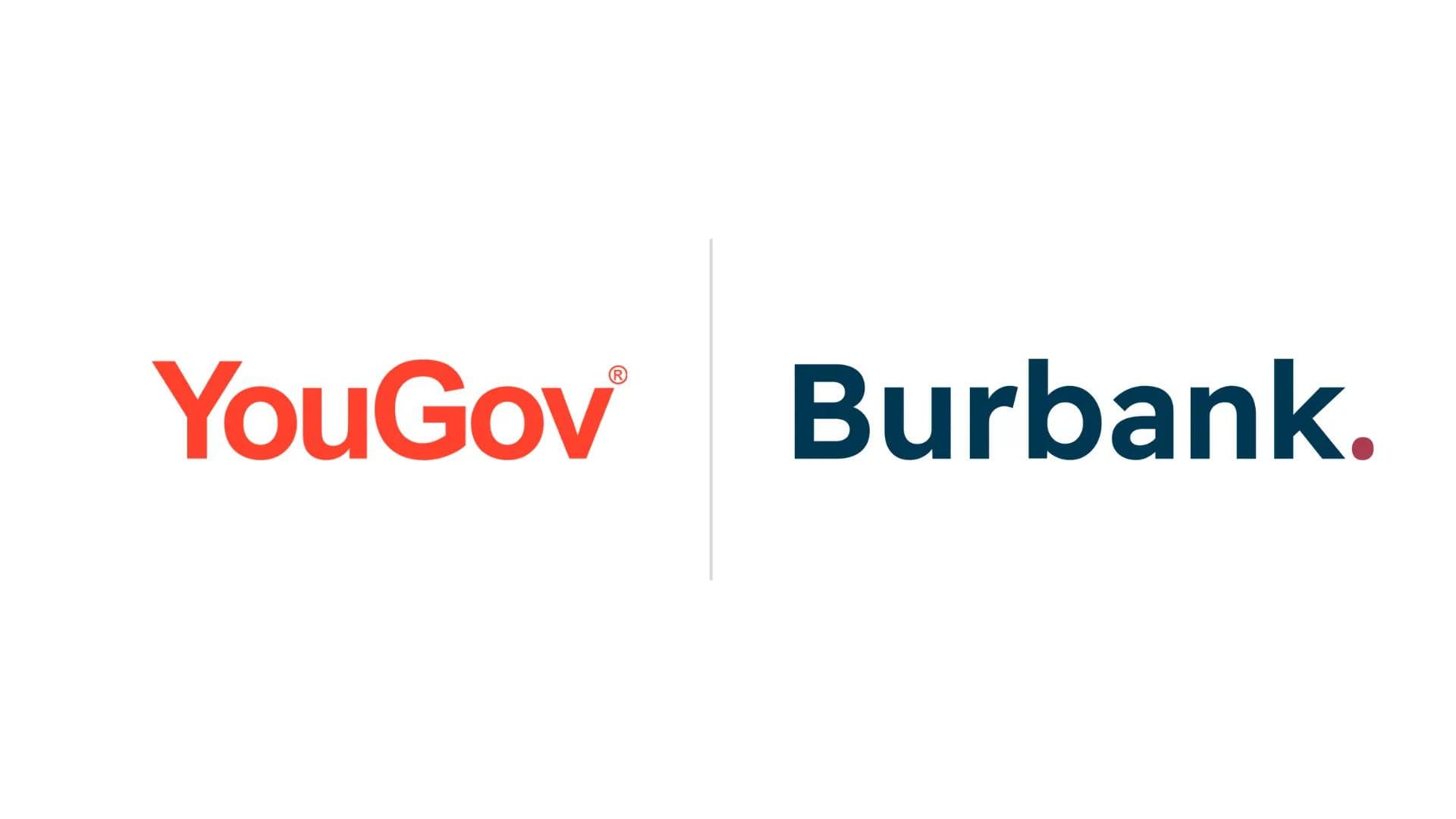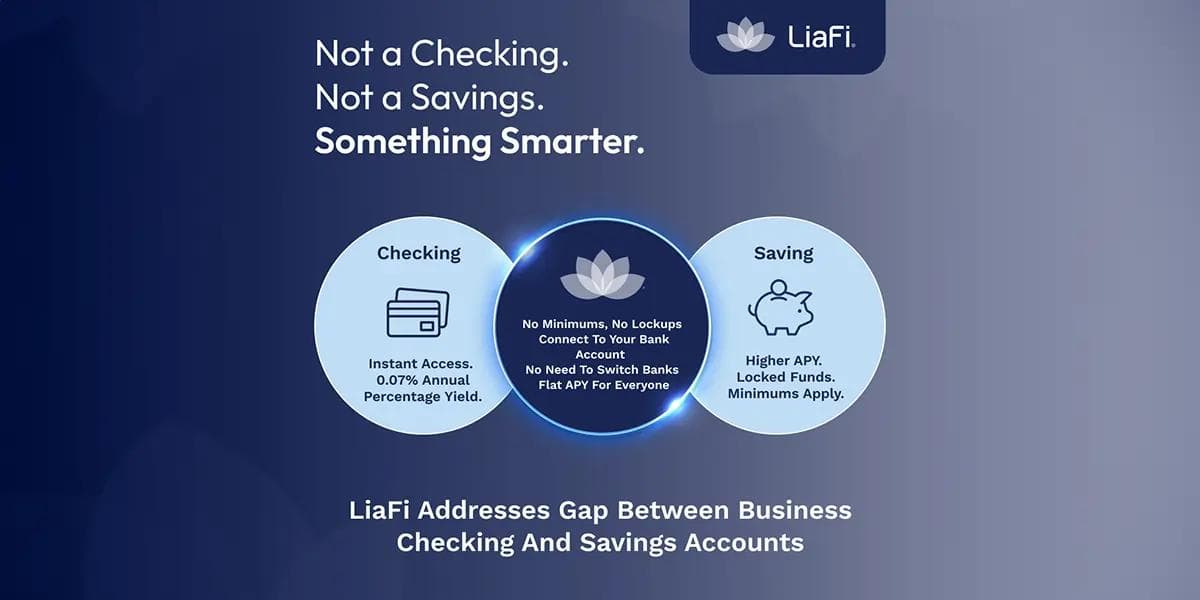From Airtime to Credit Lines: How Telecoms Are Becoming the New Banks
From Airtime to Credit Lines: How Telecoms Are Becoming the New Banks
Published by Wanda Rich
Posted on May 2, 2025

Published by Wanda Rich
Posted on May 2, 2025

The company that connects your calls might soon be managing your money. Once focused solely on voice and data, telecommunications firms are becoming major players in financial services—offering credit, savings, insurance, and investment tools through mobile platforms. Nowhere is this shift more transformative than in emerging markets, where traditional banking infrastructure often falls short. By leveraging digital reach and vast customer networks, telecoms are stepping into the financial gap— changing how people access and manage their finances, especially in underserved regions.
The Line Is Blurring
Mobile phones were once tools for calls and texts. Today, they’re gateways to financial ecosystems. Mobile money is no longer a niche innovation—it’s a dominant force. There are over 1.1 billion registered mobile money accounts in Africa alone, part of a broader trend reshaping the global financial landscape. Telecom-led platforms process over $1.7 trillion in transactions annually, underscoring their growing role in the global payments ecosystem.
In early 2025, MTN’s Mobile Money (MoMo) service reached 17.4 million active users in Ghana—nearly half the country’s population—demonstrating the scale and speed of adoption. Meanwhile, Orange Bank Africa continues to expand across West Africa, offering a full suite of services from savings accounts to credit facilities, often without a traditional bank branch.
This trend isn't confined to Africa. In the Philippines, GCash, operated by Globe Telecom, has become the country's leading mobile wallet, serving over 94 million users. GCash offers a comprehensive suite of financial services, including payments, savings, credit, insurance, and investments, all accessible via smartphone.
In Brazil, Claro, a major telecommunications operator, has been granted authorization by the Central Bank to operate as a regulated Payment Institution. This approval allows Claro Pay to issue electronic money and act as a Payment Transaction Initiator, enabling users to perform transactions through Pix, pay bills, make ATM withdrawals, and recharge their cell phones.
European telecoms are also entering the financial services arena. Initially launched in France and Spain, Orange Bank has expanded its services to include savings, loans, and insurance products, leveraging its telecom infrastructure to offer seamless digital banking experiences.
Major banks like TD Canada Trust have embraced mobile banking innovations in Canada. The TD app allows users to deposit cheques, transfer funds, and manage accounts directly from their mobile devices, reflecting the broader shift towards digital financial services.
Why Telecoms? Why Now?
Telecommunications companies are uniquely positioned to advance financial inclusion, particularly in regions with limited traditional banking infrastructure. With wide-reaching mobile coverage, agent-based distribution, and deep digital infrastructure, telcos deliver services to segments of the population that banks have long struggled to reach.
In Cambodia, the value of digital payments surged to KHR 2,500 trillion (USD 611 billion) in 2023, driven by mobile money agents and platforms like Bakong and KHQR. These tools have made digital transactions widely accessible, particularly in areas with limited banking infrastructure.
In Myanmar, services like Wave Money and M-Pitesan have become lifelines for basic financial transactions. Wave Money now reaches over 21 million users—around 38% of the population—with more than 57,000 agents operating in 295 of 330 townships, making it one of the most accessible financial networks in the country.
These examples reflect a broader reality: telecoms are not just well-placed to distribute digital services—they are already doing so, at scale, by leveraging their infrastructure and customer insights. Where banks rely on formal credit checks and branch networks, telecoms use mobile data, airtime behavior, and transaction histories to build inclusive financial products from the ground up.
The Perfect Storm: Why Telecoms Excel at Banking
The rise of telecom-led financial services isn’t just about user volume—it’s about a convergence of infrastructure, regulation, and digital identity that banks often can’t match. According to the GSMA, mobile money services are now available in 98% of countries where fewer than one-third of people have access to traditional banking, underscoring telecoms' role in bridging financial access gaps.
Digital Identity Revolution
The global shift toward mobile-first identity systems has created the foundation for telecom-led financial services. By 2025, more than 6.2 billion digital identity apps are expected to be in use globally, up from just over 1 billion in 2020. This rapid expansion is being driven by government-backed civic identity programs and national digital ID schemes, especially in emerging markets where mobile penetration outpaces access to formal banking infrastructure.
These mobile-based IDs allow individuals to authenticate themselves, open accounts, and access services remotely—eliminating one of the most persistent barriers to financial inclusion. For telecom companies, it means they can onboard users directly via mobile platforms, verify identities securely, and deliver financial products to people who may have never entered a bank branch.
Regulatory Green Lights
One key enabler of telecoms' expansion into financial services has been the evolution of regulatory frameworks. In many low—and middle-income countries, monetary authorities have introduced licensing regimes tailored to non-bank players. These models permit telecom operators to offer money transfers, bill payments, and savings without operating as full-fledged banks.
According to the GSMA’s 2025 State of the Industry Report, regulators in more than 100 markets now permit mobile network operators to deliver mobile money under specialized e-money or payment service provider licenses. These frameworks encourage innovation while maintaining consumer protections through requirements such as transaction limits, capital reserves, and Know Your Customer (KYC) checks.
This regulatory flexibility gives telecoms a significant operational advantage: they can scale financial services quickly using existing distribution channels without incurring the overhead of traditional banking infrastructure or the delays of full banking compliance. The result has been faster product rollout, broader geographic reach, and greater experimentation—particularly in rural or underserved areas.
Infrastructure Advantage
Telecoms enter the financial sector with several built-in advantages that banks can’t easily replicate—starting with reach. Mobile networks extend into remote areas where formal financial institutions have no branches and little incentive to expand. That connectivity has created a platform for inclusive finance, allowing users to transact digitally in places where cash was once the only option. The Telecom Review notes that mobile financial services have transformed how people send money, access services, and pay for goods—especially in rural and low-income communities.
Cost is another factor. Unlike banks, telecoms don’t depend on expensive physical infrastructure. With mobile platforms and agent networks in place, they can deliver services at significantly lower costs. In fact, mobile banking has proven more cost-effective than traditional banking, particularly in developing countries, where mobile-first models leapfrog legacy financial systems.
Perhaps the most underestimated asset is data. Telecom companies collect rich behavioral data from mobile usage, airtime top-ups, location history, and payment activity. This data isn’t just valuable for product development—it can power alternative credit scoring, tailored services, and digital financial identity. According to a Hilari Publisher study, these networks already enable utility bill payments, tax collection, and social transfers within the same digital ecosystem.
Together, these infrastructure advantages allow telecoms to launch financial services faster and cheaper in places traditional banks often overlook.
The Products Reshaping Finance
Telecom companies are increasingly offering financial products that go beyond straightforward mobile wallets. These services—spanning investments, credit, insurance, and savings—are reshaping how users access and grow their money, particularly in emerging markets.
In Kenya, Safaricom partnered with investment firms to launch Ziidi, a money market fund that enables M-PESA users to invest directly from their mobile wallets. With no minimum balance required, the product aims to make investment accessible to first-time and lower-income users.
In Ethiopia, Ethio Telecom’s Telebirr platform offers interest-bearing savings accounts, microloans of up to 30,000 birr, and salary-based loans of up to 1 million birr. Developed in partnership with Siinqee Bank, the services are fully integrated into the Telebirr mobile app and designed to reach users with limited access to conventional banking.
In Ghana, MTN's QwikLoan service provides instant microloans ranging from GHS 25 to GHS 1,000 with a 30-day repayment period and a competitive interest rate of 6.9%. The service requires no paperwork or collateral, making it particularly accessible to individuals without traditional banking relationships.
In India, Bharti Airtel partnered with Bajaj Finance to deliver a suite of loan products via the Airtel Thanks app, including gold loans, EMI cards, and personal loans. With over 370 million subscribers, Airtel’s distribution network dramatically expands the reach of financial products that were once available only through bank channels.
Across Kenya, Uganda, Nigeria, and Ghana, M-Kopa’s pay-as-you-go financing model lets users purchase smartphones, solar systems, and health insurance through micro-installments. Each on-time payment builds a credit history, enabling access to additional financial products like loans and insurance—delivered entirely through mobile.
These telecom-led offerings mark a shift from access to agency, giving customers not just the ability to store and transfer funds but also to build financial resilience and long-term opportunity.
Banks: Fight or Partner?
As telecom companies expand deeper into financial services, banks worldwide are confronting a pivotal question: Should they compete—or collaborate? The answer varies by market, but a global pattern is emerging. In some regions, traditional banks are forging alliances with telecoms to extend their reach. In others, banks are launching their own digital offerings—or even retreating as telecoms gain ground.
Collaboration in Africa: Scaling Reach Together
Safaricom’s M-PESA partnered with Abay Bank to enable cash deposits, withdrawals, and seamless transfers between mobile wallets and bank accounts in Ethiopia. The deal positions the bank as a super-agent, helping M-PESA reach customers beyond its mobile-only ecosystem.
Similarly, MTN Group and Ecobank have built a cross-border partnership in several African countries, integrating mobile wallets with formal banking systems and aiming to digitize remittances, savings, and credit services. In both cases, banks gain digital reach, and telcos benefit from deeper financial credibility.
Experimentation in Europe: Mixed Outcomes
In France, telecom giant Orange took a different route by launching a full-scale licensed banking entity—Orange Bank. The service offered current accounts, savings, loans, and 24/7 mobile access and initially attracted millions of users. But profitability proved elusive. After years of losses, Orange began seeking a strategic exit and, in 2023, entered exclusive talks with BNP Paribas. Those talks concluded in 2024 with a formal agreement: Orange Bank's French customers were transitioned to Hello Bank!, BNP’s digital banking arm, while Spanish operations were handed over to Cetelem, BNP Paribas Personal Finance. The move highlighted the cost and compliance challenges of telecom-bank hybrids in developed markets—and the difficulty of sustaining standalone digital banks without deep financial sector integration.
Strategic Investments in Asia-Pacific
In Australia, the Commonwealth Bank of Australia (CBA) has strategically expanded into telecommunications. In 2021, the bank acquired a 25% stake in Tangerine and More Telecom, two internet providers, as part of a broader “beyond banking” strategy. The move was designed to bundle broadband offers with mortgages and improve customer retention.
In India, partnerships are central. Bharti Airtel has teamed up with Bajaj Finance to offer loans and credit products via its Airtel Thanks app, which blends telco distribution with financial firepower.
Fintechs Flipping the Script in Latin America
The convergence isn’t one-directional. In Brazil, digital lender Nubank has moved into telecom territory. It launched NuCel, a mobile phone service using Claro’s infrastructure. Customers can pay for plans via Nubank credit cards, showing that digital-first banks are starting to view telecom services as customer engagement tools—not just delivery channels.
The Road Ahead
As the distinction between telecoms and financial institutions continues to erode, major development bodies are taking notice. In 2024, the IFC partnered with Orange Bank Africa to expand digital lending across West Africa, underscoring growing institutional confidence in telco-led financial solutions.
But this rapid evolution raises important questions. How can regulators safeguard financial stability while enabling innovation? What happens to traditional banks when financial inclusion is driven by the SIM card, not the branch? How do we ensure these advances serve the tech-savvy and the digitally excluded?
What’s clear is this: the future of banking isn’t just digital—it’s increasingly mobile. And telecom companies aren’t just participants in that future—they’re helping define the next chapter in financial services..
The Next Phase of Financial Connectivity
The next frontier in telecom-led finance is convergence. Imagine your phone plan, savings account, investment portfolio, and insurance—all managed through a single interface. Orange’s “Max it” super app already points in this direction, serving over 8 million active users across Africa with a bundled telecom and financial services suite.
For traditional banks, the implications are clear: adapt to embedded, mobile-first ecosystems—or risk becoming invisible infrastructure behind more agile players. The question isn’t whether telecoms will reshape banking but how far their reach will extend.
As this shift accelerates, the future of financial services is no longer being built inside bank branches—but within the mobile infrastructure that already connects the world. For billions of people, that may be the most inclusive development yet.
Explore more articles in the Top Stories category











